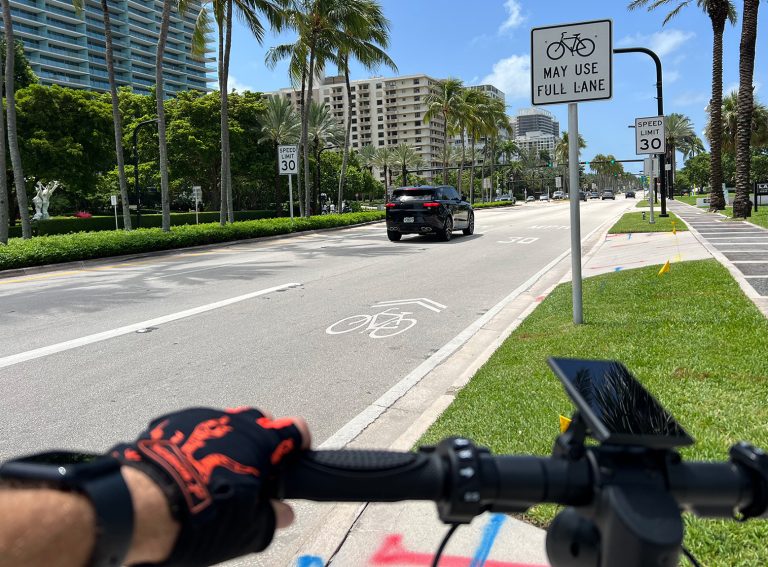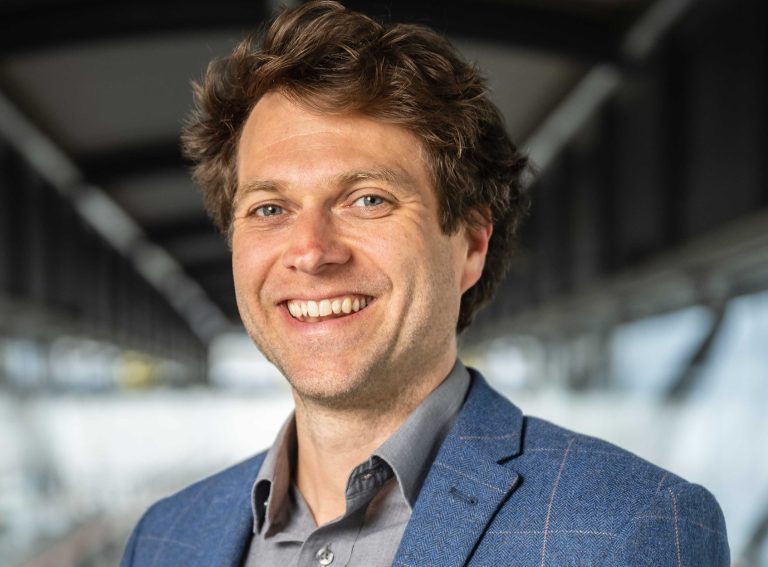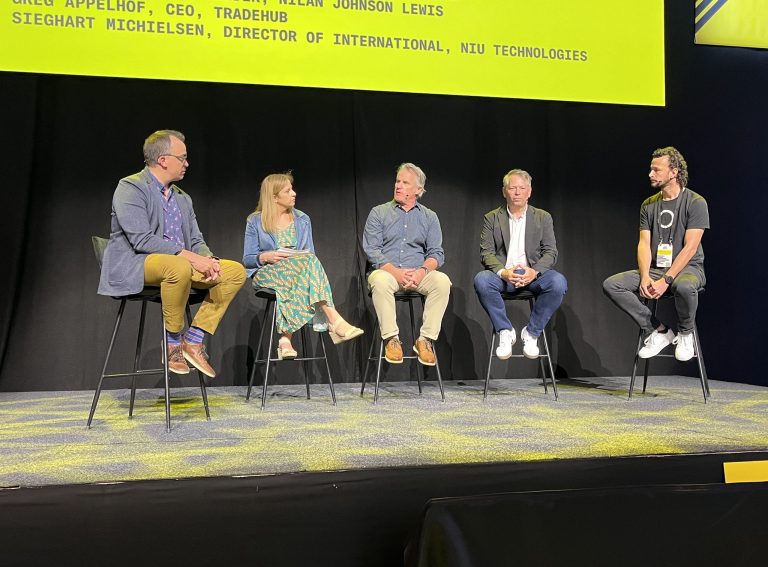Author: Sacha Manson-Smith, Chief Technology Officer, Beryl
Earlier this month, Technology Minister Jesse Norman at England’s Department for Transport (DfT) announced that 67 innovative projects developing transport technology would each receive a share of £1.96 million in funding, as part of the government’s Transport Research and Innovation Grant (TRIG) programme.
One of those recipients is bike, e-bike, e-scooter and e-cargo bikeshare operator Beryl, which will use the money to enhance its research into unreported accidents and near misses.
Beryl’s Chief Technology Officer, Sacha Manson-Smith, has spent 25 years developing and overseeing industry-leading software systems across the micromobility, investment banking and pharmaceutical sectors, and will lean on this experience to spearhead the project.

With a track record of managing teams from two to 120 people across seven different countries, along with IT budgets of up to £30m, he is confident that the funding can be used to make a real difference to shared sustainable transport.
Here, he outlines the purpose behind Beryl’s bid.
What will the money be used for?
Beryl is a home-grown company, which means that we design and develop all of our industry-leading technology in-house, right here in the UK. This includes our smart IoT unit which, by the end of this year, will be used on more than 20,000 bikes and e-scooters across the country to provide us with a wealth of accurate data. Such is the unit’s reputation within the industry, it’s actually used on schemes that aren’t even run by Beryl, including London Santander Cycles and West Midlands Cycle Hire schemes.
The funding will be used by our Technology Team to enhance our smart IoT unit so it provides us with more sensor data. This data will enable us to accurately highlight the majority of unreported accidents and near misses that occur on our 8-10m annual user journeys. We will then use this data alongside our various local authority partners to make data-led decisions on how to improve our schemes and make them even safer for people to use. This could be anything from relocating certain bays to making changes to local infrastructure.
Safety is paramount, but so is perception
One of our main aims at Beryl is to remove the barriers that exist to cycling in cities, and people’s perception of safety is perhaps the biggest barrier of all.
In 2020, the third wave of the National Travel Attitudes Study (NTAS) showed that 66% of adults aged 18+ in England agreed that “it is too dangerous for me to cycle on the roads”. The study also showed women were more likely to agree than men (71% to 61%).
Our latest Annual Rider Report, which surveyed over 3,000 of our riders last September also showed some interesting trends around perception of safety. While overall confidence on main roads improved compared to the previous year, 28% of those asked still said that they were either ‘not very confident’ or ‘not confident at all’ on main roads. Moreover, the main factor affecting confidence for all types of vehicle riders is the ‘attitudes of other road users’, with 68% of bike riders, 60% of e-bike riders and 66% of e-scooter riders citing this.
Globally, only 10% of all cycle accidents, on average, are reported to the police (David Shinar – Traffic Safety and Human Behaviour, 2017). Police accident reports are often the main source for official data in many countries, including the UK, which means approximately 90% of bike and/or e-scooter accidents are likely to go unreported. Obviously, this leaves transport authorities with an incomplete picture of safety on the roads.
Alongside this there are also the non-reported, ‘near misses’ that discourage people from cycling. These can provide a missing link between how risky people think cycling is – perceived risk – and how risky the statistics show it actually is – objective risk.
By collating and reviewing data around near misses alongside authorities, we can work together to help address hotspot areas that enhance this perceived risk. Near miss data can also be combined with our accident data to provide further evidence to highlight problem areas on the highway. We can then look to provide solutions that encourage more people to use sustainable travel.
So what’s different? Outlining the key improvements
Our smart IoT unit connects all our vehicles to our cloud-based operating system via a secure connection. The unit is constantly connected to the cell networks and provides us with data such as location, speed, altitude, ambient temperature, battery performance, device health, bike orientation (is it upright or tipped over), mobile data connectivity details and estimated GPS accuracy.
Currently we focus on GPS analysis for journey data, but the funding will enable us to work with firmware engineers to analyse all the other sensor data that is available to us. This includes Global Navigation Satellite Systems (GNSS), accelerometer, inertial measurement units (IMU), motor control and speed sensor.
Given we currently have over 15,000 connected devices with 5,000 more on the way this year, our platform will become an incredibly powerful data source, managing more journey data than any other in the UK. This gives us a uniquely detailed snapshot of shared sustainable transport in the UK, allowing us to develop accurate artificial intelligence models that can highlight accidents and near misses.
Our user friendly data and analytics platform will allow this data to be viewed quickly and easily by even more people.
Beyond the funding
Safety is paramount to us at Beryl and we are constantly reviewing our schemes, processes and data to ensure we are providing the safest and most user-friendly schemes possible. Improving our smart IoT unit is a perfect example of us executing that approach in our day-to-day operation.
With this in mind, we are aiming to regularly provide this additional data to our partners, including the transport planners and engineers integral to developing and reviewing infrastructure, from September onwards.
This innovative and market-leading approach to safety will be crucial to our business as we seek to grow and expand out to new markets, providing the data to more partners and cities, not just in the UK, but on a global scale.
Sacha will be discussing the Transport Research Innovation Grant at the Cycle County Active County event in Oxford on Wednesday 5 July.








